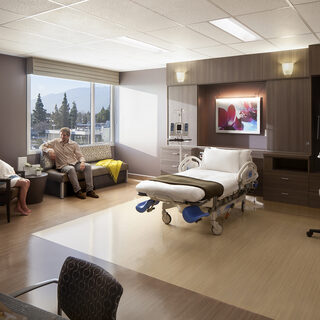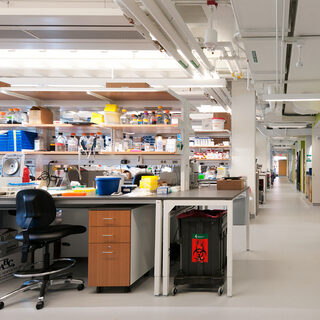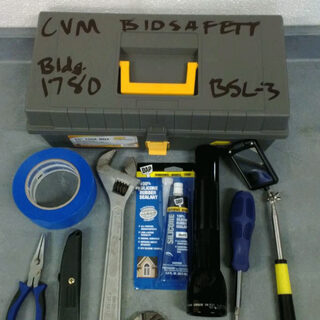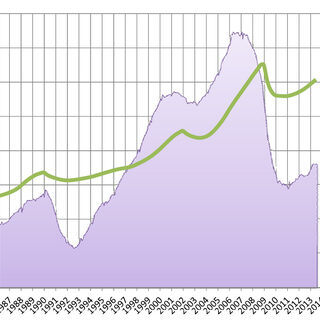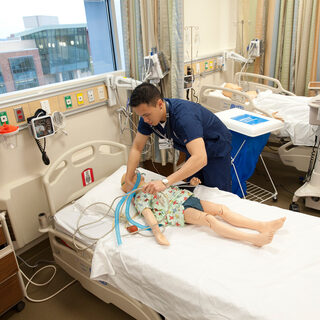Tradeline's industry reports are a must-read resource for those involved in facilities planning and management. Reports include management case studies, current and in-depth project profiles, and editorials on the latest facilities management issues.
Latest Reports
Kaiser Permanente Fontana Medical Center
Located on the southern end of the Kaiser Permanente Fontana medical campus, the new 490,000-sf, seven-story teaching hospital and inpatient tower replaces an existing main hospital, some of which will be converted for outpatient use. With more than 500 physicians and 4,400 support staff serving more than 440,000 members, the 314-private-bed hospital includes a 28-private-bed neonatal intensive care unit and a 51-room emergency department.
Sherman Fairchild Renovation for Stem Cell and Regenerative Biology
A comprehensive renovation of Harvard University’s 105,000-sf Sherman Fairchild Building for the Stem Cell and Regenerative Medicine Department has allowed researchers to work more efficiently and collaboratively than ever before, with shared fume hoods and environmental, imaging, and equipment rooms. High-use support spaces, such as tissue culture rooms, were moved to the building exterior to take advantage of natural light, while the other shared spaces were moved to the interior.
Using Cross-Functional Teams For Biocontainment O&M Saves Time, Money
Successful biosafety management combines progressive training programs with an operations and maintenance structure that creates a culture of cooperation, resulting in less downtime during required or emergency maintenance. This, in turn, increases researchers’ productivity and saves millions of dollars in grant money that can otherwise be lost during maintenance breaks.
Construction Costs for Institutional Projects Continue Rising for Near to Midterm
Capital construction costs for institutional projects will continue rising across much of the nation due to growing market strength, regional labor shortages, rising commodity prices, and an increase in mark-ups. Construction volume, the industry’s biggest cost driver, continued its steady increase—up more than 18 percent in the third quarter of 2013 from the bottom in March 2011. At the current rate of growth, construction prices will surpass the industry trend line in 2014, repeating long-term cyclical patterns.
Health and Life Sciences Center
The new Health and Life Sciences Center at Elgin Community College, with more than 137,000 sf of classroom and lab spaces on three floors, brings together all 12 health professions programs in one building serving 1,800 students. The Center offers real-world, hands-on, experiential learning opportunities for students in nursing; radiology; dental assistance; histology; surg-tech; and massage, occupational, and physical therapies, as well as classrooms for core academic coursework.

